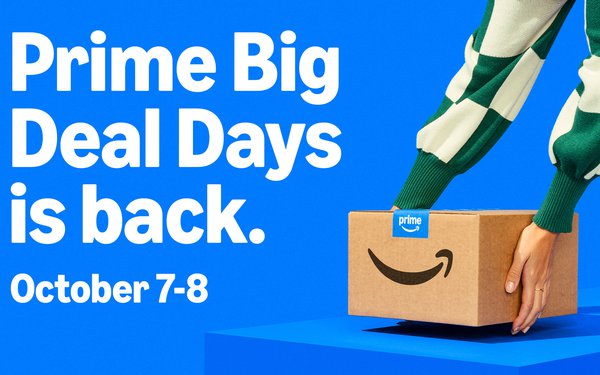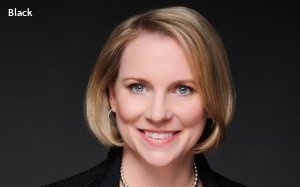
Research from Kearney finds
that far from being used to rising costs, consumers are switching stores -- at more than double the usual rate in recent months. Katherine Black, a partner in the consumer and retail practice, tells
Retail Insider what stores and brands should expect in the coming holiday season.
This interview has been edited for length and clarity.
Retail Insider: What
trends will have the most impact on retailers this holiday?
Katherine Black: Consumers are definitely still feeling price increases. They're still going to shop, but we think they're going
to shop earlier, they're going to buy more online, and they're going to use a lot more savvy. We expect a big increase in October sales. The season, which really used to start with Black Friday, now
begins before Halloween. There’s a good chunk of people who will do the majority of their shopping in the October sales. They’re telling us they’ll be done before Cyber Monday rolls
around.
advertisement
advertisement
Retail Insider: What’s happening with store loyalty?
Black: Back in May, we asked how people were changing their behavior, and most said they were shopping
sales and using coupons. When we asked again just a week ago, the biggest difference was switching stores. It’s at 40% now, almost double, in a few months.
Retail Insider:
Retailers understand this “shop earlier” trend, which is why Amazon Prime, Walmart, Target and so many others are focusing on special deals. But are those efforts driving a sales shift, or
just following spending?

Black:
October sales are pulling things forward some, but it’s a convergence that has begun to solidify in the past year. Consumers have increasingly shifted to online shopping over the years, and now
the shift is in timing. They're spreading their shopping out, and doing it when they can. About 12% of consumers said they’re planning on shopping online in October without planning on any
particular sales event.
Retail Insider: You’ve tracked price sensitivity for years. What’s different this season?
Black: I've been in this business for a long
time, and I’m struck by how much more price-sensitive the general population is. You still have clear divisions between higher- and lower-income shoppers, but even among higher earners, there is
a shift — they are more price-aware. Another trend, particularly among lower-income shoppers, is an uptick in shopping at physical stores. They think they can find better deals that way. And
in-store pickup is still very big. So it’s not that in-store shopping is dead, but it’s more niche.
Retail Insider: What about tariffs? Consumers have been seeing those
headlines for months.
Black: It's mixed. In some cases, retailers are absorbing cost increases; in others, they're passing them through. The latest Consumer Price Index is up about 2.9%
for groceries and 8.9% for eating out. In categories like apparel or electronics, we’re seeing increases of 60% to 70%. Consumers say they notice these price jumps. In May, our data showed half
attributed increases to tariffs and half to inflation. I’m not sure what they really understand now, but they are paying attention. And it’s important to note that in terms of
tariff-impacted product actually hitting shelves, we’re still in very early days. It doesn’t feel that way, but it's true.
Retail Insider: How are shoppers using AI in all
this?
Black: In our research, there’s a segment of shoppers who plan to spend more, but in a savvy way — often using agentic commerce. Cost-conscious customers now have new AI
tools they can rely on, driving even more price transparency. When we asked about specific AI use — ChatGPT or Perplexity, for example — three-quarters of consumers said they’re
using it on a regular basis. Only 5.5% said, “No, I’m not using that at all.” That’s striking.
Retail Insider: Are people leaning on AI for ideas, too?
Black: Yes, especially higher-income consumers, and those with children. They’re much more likely to say they’ll use AI for gift suggestions.